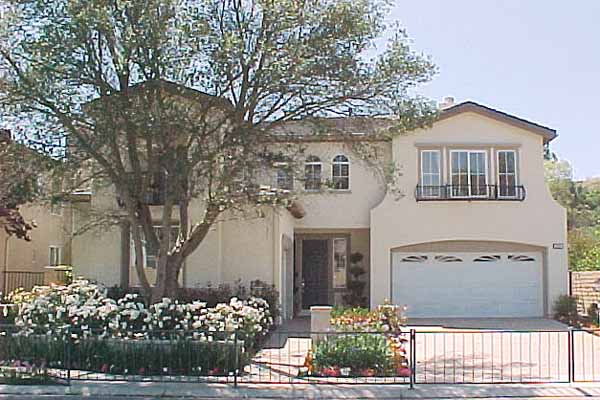LIBOR
Understanding LIBOR: The London Interbank Offered Rate
In the world of finance, the London Interbank Offered Rate (LIBOR) holds significant importance, especially in the realm of international banking and real estate. LIBOR serves as a benchmark interest rate that international banks charge each other for large loans. Moreover, it also influences various financial products, including adjustable rate mortgages in the real estate sector.
What is LIBOR?
LIBOR, established in 1986, represents the average interest rate at which major global banks can borrow from one another in the international interbank market. The rate is calculated for five major currencies (US dollar, euro, British pound, Japanese yen, and Swiss franc) and for seven different maturities, thus providing a comprehensive view of the short-term interest rates at which banks can borrow money.
LIBOR and Real Estate
Adjustable Rate Mortgages (ARMs)
In the real estate industry, some domestic banks use LIBOR as an index for pricing adjustable rate mortgages (ARMs). ARMs are mortgages with interest rates that adjust periodically based on a specific financial index. In this case, LIBOR serves as the benchmark against which the interest rates of these mortgages are determined. As LIBOR fluctuates, the interest rates on ARMs also fluctuate accordingly, impacting the borrowing costs for homebuyers.
Impact on Real Estate Investors
For real estate investors, understanding the dynamics of LIBOR is crucial, as it directly influences the cost of borrowing. Fluctuations in LIBOR can affect the profitability of real estate investments, particularly those financed through adjustable rate instruments. Additionally, shifts in LIBOR can influence investor sentiment and overall market conditions.
Transition from LIBOR to Alternative Reference Rates
Transition from LIBOR to Alternative Reference Rates
In recent years, the financial industry has been preparing for the transition away from LIBOR to alternative reference rates due to its susceptibility to manipulation and the decline in interbank lending activity. The transition to alternative rates, such as the Secured Overnight Financing Rate (SOFR) in the U.S. and the Euro Short-Term Rate (€STR) in the eurozone, aims to address these concerns and provide more robust benchmarks for financial transactions.
Conclusion
In conclusion, LIBOR plays a pivotal role in the international banking system and significantly impacts the real estate sector through its influence on adjustable rate mortgages and borrowing costs. As the financial landscape evolves, the transition away from LIBOR to alternative reference rates will continue to shape the dynamics of lending and borrowing in the real estate industry. Understanding these changes and their implications is essential for real estate professionals and investors to make informed decisions in a dynamic financial environment.
MORE REAL ESTATE TERMS
A, B, C, D, E, F, G, H, I, J, K, L, M, N, O, P, Q, R, S, T, U, V, W, X, Y, Z
Featured New Home

Featured Mortgage Brokers
- PRIMELENDING A PLAINSCAPITAL COMPANY, MELVILLE, NY
200 BROADHOLLOW RD STE 207
MELVILLE, NY 11747 - FIRST HERITAGE FINANCIAL, LLC, TREVOSE, PA
2655 NESHAMINY INTERPLEX DR
TREVOSE, PA 19053 - CARRINGTON MORTGAGE SERVICES LLC, SANTA ANA, CA
1610 E SAINT ANDREW PL STE B-1
SANTA ANA, CA 92705 - KENTUCKY HOUSING CORPORATION, FRANKFORT, KY
1231 LOUISVILLE RD
FRANKFORT, KY 40601 - INLANTA MORTGAGE, INC., OAK BROOK, IL
2803 BUTTERFIELD RD STE 130
OAK BROOK, IL 60523